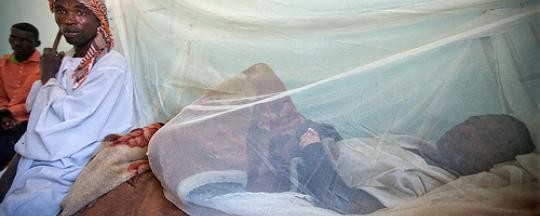There have been over 50 cases of haemorrhagic fever with ten deaths in Aweil of South Sudan’s Northern Bahr el Ghazal state between late December 2015 and this month, the World Health Organization announced yesterday.
There were 45 cases including ten deaths in Aweil North county and six cases in Aweil west, with three quarters of the cases among people under 20 years of age.
The WHO said the most frequent symptoms were unexplained bleeding, fever, fatigue, headache, and vomiting, though the symptoms were not severe and were treatable.
Samples from 33 patients were sent to international labs for testing, and all tested negative for Ebola, Marburg, yellow fever, Crimean-Congo fever, Rift Valley fever, West Nile virus, and Zika virus.
Five samples tested positive for Onyong-nyong virus, while three were positive for Chikungunya disease. One sample was positive for Dengue.
However, WHO noted: “The laboratory results received so far do not explain the symptomatology (unexplained bleeding) of the reported cases nor the high mortality rate. Since the underlying cause of this public health event remains unknown, close monitoring and further epidemiological investigation is needed.”
The last recorded death from the fever was 28 February and no health workers were among the dead, WHO said.
WHO said the national authorities are investigating and managing any new suspected cases and meetings are being held with community members to raise awareness about haemorrhagic fever. Lab supplies are also being sent.
“The area where the outbreak is occurring borders Darfur in Sudan where at least 469 cases of undiagnosed viral haemorrhagic fever, including 120 deaths, were reported between August and November 2015,” WHO said. “Because of frequent population cross-border movement between Sudan and South Sudan, the risk of international spread of the disease cannot be ruled out.”
WHO said they would not recommend any restrictions on travel and trade to South Sudan due to the outbreak in Aweil.
File photo: A yellow fever patient in Darfur in 2012 (Credit: UNAMID/Albert González Farran)




